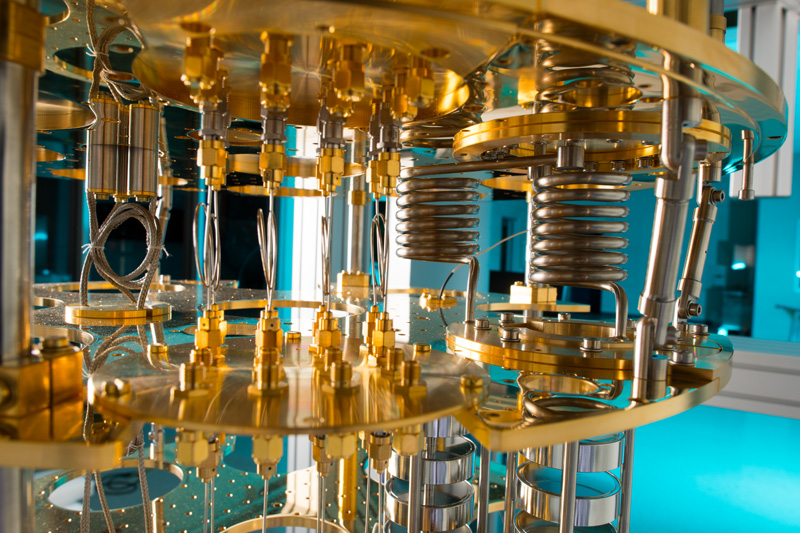Low Temperatures in High Demand

A course in Cryogenic Systems and Design is offering students entrée into a much in demand area that is essential in a diverse range of applications. Cryogenics involves the scientific basis, design and practical applications of low-temperature systems and components. It is used in space exploration, high energy physics, particle accelerators and detectors, fusion energy systems, hydrogen based clean energy systems, liquefied natural gas, quantum computing, sensors, medicine and food preservation to name a few applications. There are diverse opportunities and career tracks one can pursue in this field including research, technology, and business.
The online course is offered by four experts from Fermi National Accelerator Laboratory (FNAL). They are Arkadiy Klebaner, Ram Dhuley, Matthew Hollister and David Montanari. Together they have decades of experience in the cryogenic area. They are led by Arkadiy Klebaner. The course is an online Stony Brook University graduate physics course with about 18 students attending in Fall 2021 both from the Stony Brook Ernest Courant Traineeship in Accelerator Science and Engineering program and from other universities and US National Laboratories. Eighteen students is a large size for a graduate physics course. The instructors feel this is indicative of interest both from students and from trained professionals.
“Cryogenics” is a word of Greek origin (“Kryos” is frost and “Gen” is to generate). It is the science and technology of temperatures below 120 degrees Kelvin. The temperature of the universe is 2.7 degrees Kelvin. The lowest temperature ever achieved is 280 thousandth of a billionth degree Kelvin. Historically, globalization (world trade) stimulated a need for developing new refrigeration methods and advance thermal science. In 1877 air was liquified and in 1898 oxygen was liquified at 14 degrees Kelvin. Over the years a broad range of applications at various temperatures have been implemented.
For a long time there has been a strong demand for people trained in cryogenics from both the US National Laboratories and from industry. People trained in cryogenics work in the design, engineering, and the operation of various cryogenic systems. New and upcoming areas include liquefaction and storage of hydrogen as a clean energy source, fuels and materials for supporting the growing area of space travel, the quest for human inhabitation of Mars, and nuclear fusion – all of which make use of cryogenics to a great extent. There are also a number of large physics projects in the multi-billion dollar range that heavily rely on people trained in cryogenics. These include LBNF (https://lbnf-dune.fnal.gov/), PIP-II (https://pip2.fnal.gov/) and the EIC (https://www.bnl.gov/eic/)
This is a good demonstration of the appealing opportunities that await students and workers in today and tomorrow’s technological world. Note: Credit for the photos to CERN and Fermilab.
